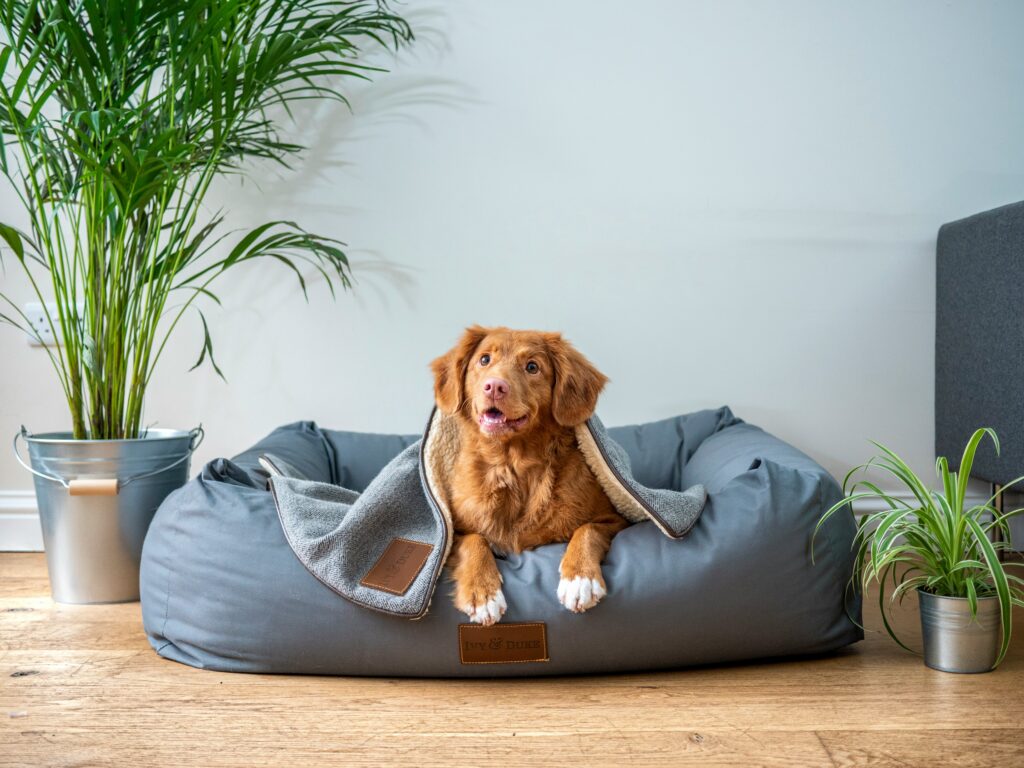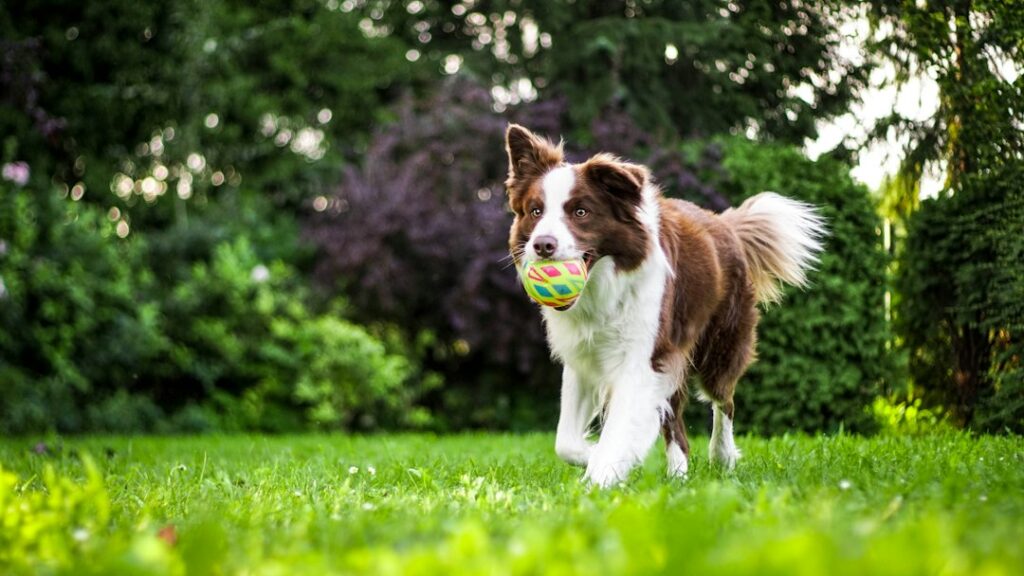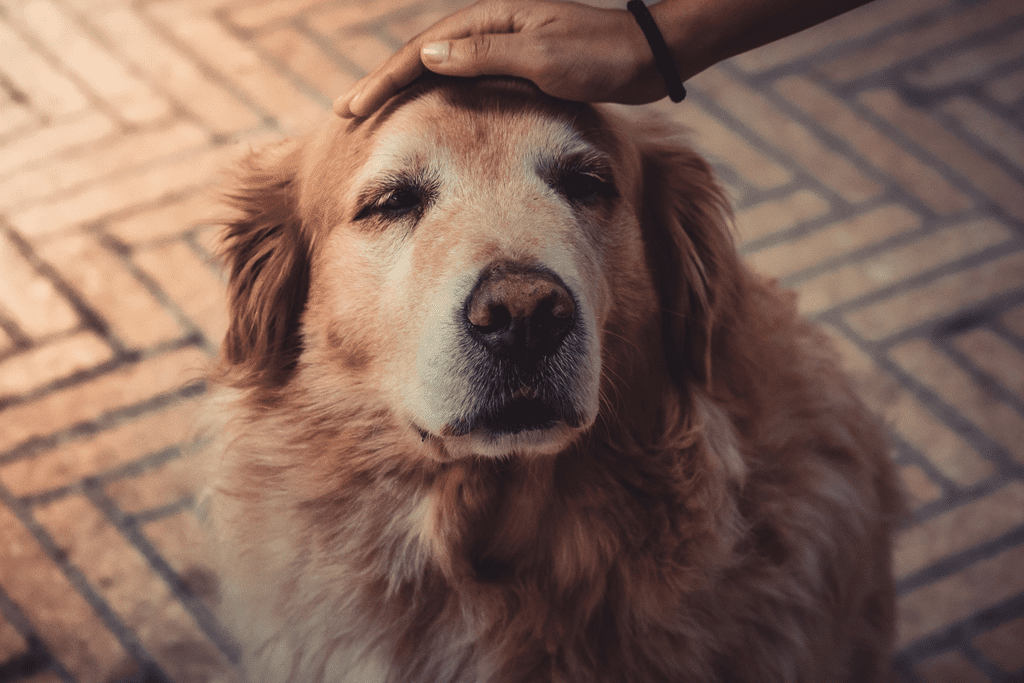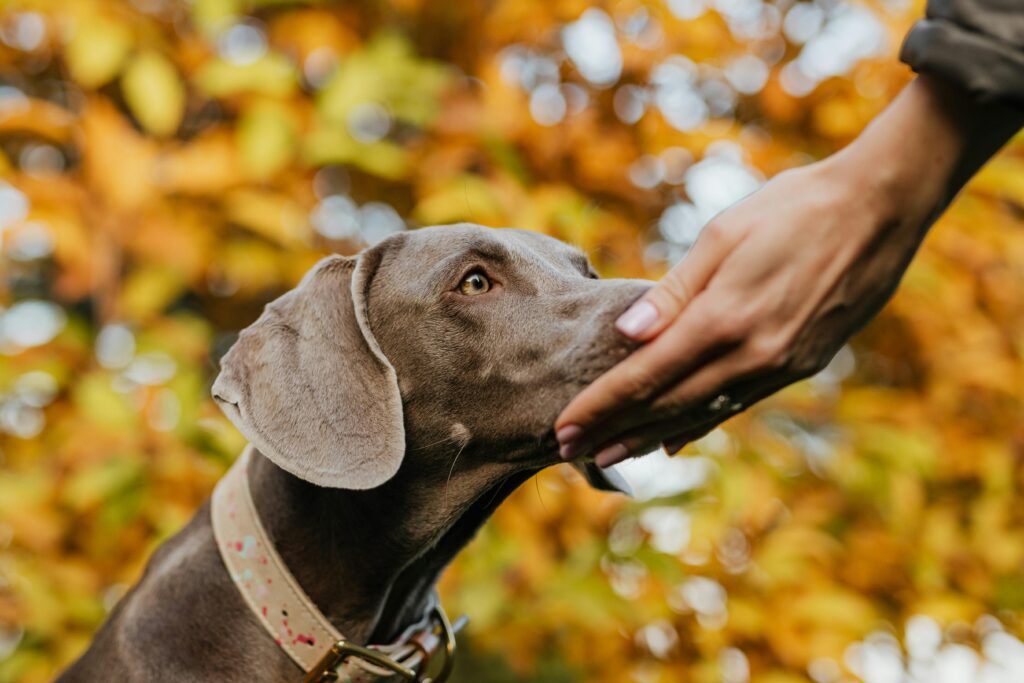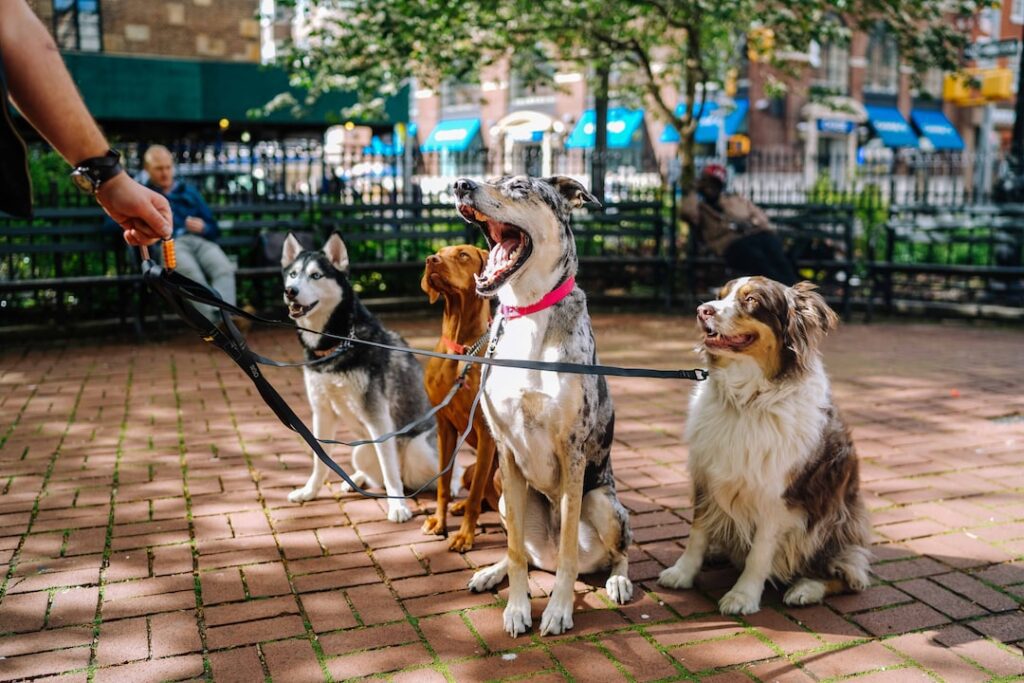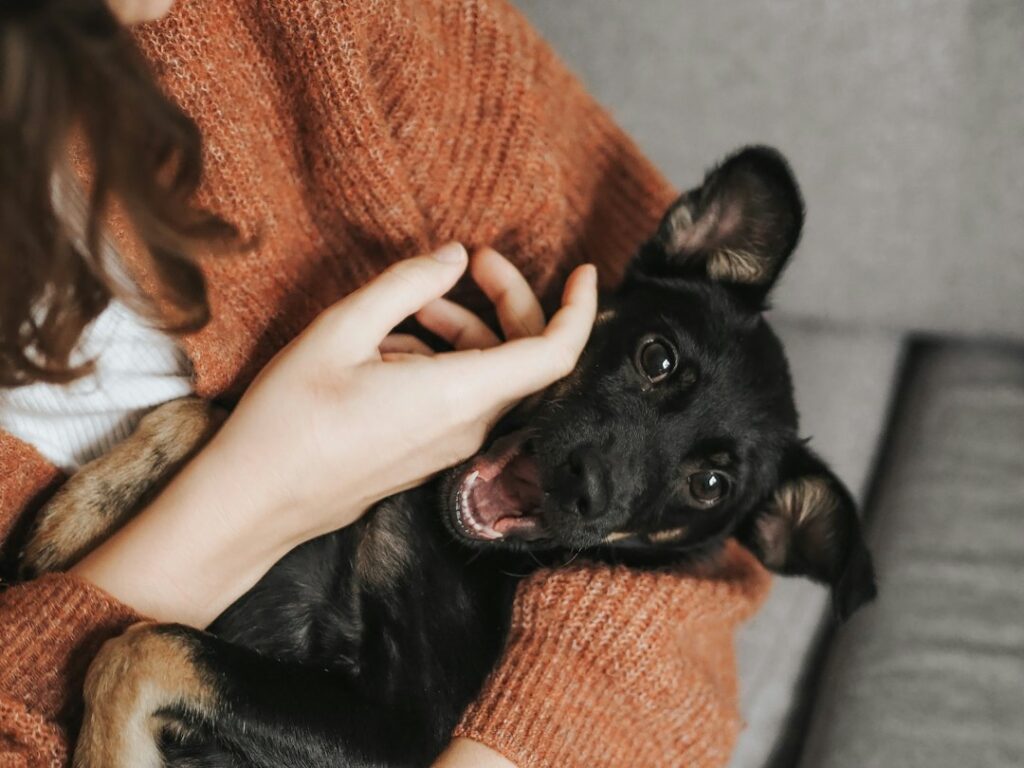Tips for Training Your Dog to Sleep In It’s Own Bed
Training your dog to sleep in its own bed is an essential part of establishing boundaries and routines in your home. Not only does it provide a sense of security and comfort for your furry friend, but it also promotes independence and good behavior. By teaching your dog to sleep in its own bed, you are creating a space that is exclusively theirs, where they can relax and unwind after a long day. One of the key benefits of training your dog to sleep in its own bed is that it helps establish boundaries. Dogs are pack animals and thrive on structure and routine. By designating a specific sleeping area for your dog, you are setting clear boundaries and teaching them where they are allowed to rest. This can help prevent them from sleeping on furniture or in other areas of the house where they may not be welcome. In addition to establishing boundaries, training your dog to sleep in its own bed also helps create a consistent routine. Dogs thrive on routine and knowing what to expect. By creating a bedtime routine that includes going to their bed, you are providing them with a sense of security and predictability. This can help reduce anxiety and promote better sleep for both you and your dog. Choosing the Right Bed for Your Dog When it comes to choosing a bed for your dog, there are several factors to consider. First and foremost, you want to make sure the bed is the right size for your dog. It should be large enough for them to stretch out comfortably, but not so big that they feel overwhelmed or insecure. Consider the size and breed of your dog when selecting a bed. Comfort is another important factor to consider when choosing a bed for your dog. Look for beds that are made from soft, supportive materials that will provide cushioning and support for your dog’s joints. Memory foam or orthopedic beds are great options for older dogs or dogs with joint issues. Additionally, consider the bed’s washability and durability, as accidents and wear and tear are inevitable. There are many different types of beds available for dogs, including traditional pillow beds, bolster beds, and nesting beds. Pillow beds are simple and versatile, while bolster beds have raised sides that provide a sense of security. Nesting beds have a lower front entrance and higher sides, creating a cozy den-like space for your dog. Consider your dog’s preferences and sleeping habits when choosing the type of bed that will best suit their needs. Establishing a Bedtime Routine Establishing a bedtime routine is crucial when training your dog to sleep in its own bed. Dogs thrive on consistency and routine, so it’s important to create a predictable schedule that they can rely on. This will help them understand when it’s time to wind down and go to sleep. The first step in creating a bedtime routine is to establish a consistent bedtime. Choose a time that works for both you and your dog, and stick to it every night. This will help regulate your dog’s internal clock and promote better sleep. Next, create a series of steps that you will follow each night before bed. This could include things like taking your dog for a walk or play session to tire them out, feeding them dinner, brushing their teeth, and then leading them to their bed. By following the same steps in the same order each night, you are signaling to your dog that it’s time to wind down and go to sleep. A bedtime routine not only benefits your dog but also benefits you as well. It provides structure and predictability to your evenings, allowing you to relax and unwind knowing that your dog is settled and comfortable in their own bed. Creating a Comfortable Sleeping Environment Creating a comfortable sleeping environment is essential when training your dog to sleep in its own bed. Just like humans, dogs have specific preferences when it comes to their sleeping environment. By taking these preferences into consideration, you can create a space that is cozy and inviting for your furry friend. One of the most important factors to consider when creating a sleeping environment for your dog is temperature. Dogs are sensitive to temperature and can become uncomfortable if they are too hot or too cold. Make sure the room where your dog sleeps is kept at a comfortable temperature, and provide them with blankets or a dog bed that will help regulate their body temperature. Lighting is another important factor to consider when creating a sleeping environment for your dog. Dogs are naturally sensitive to light, so it’s important to create a dark and quiet space for them to sleep. Consider using blackout curtains or shades to block out any external light sources, and try to minimize noise in the area where your dog sleeps. When it comes to creating a cozy and comfortable space for your dog, consider their individual preferences. Some dogs prefer a soft and plush bed, while others may prefer something more firm. Pay attention to how your dog sleeps and what positions they prefer, and choose a bed that will accommodate their sleeping style. Using Positive Reinforcement Techniques Positive reinforcement is a powerful tool when it comes to training your dog to sleep in its own bed. By using positive reinforcement techniques, you can encourage your dog to associate their bed with positive experiences and rewards. One of the most effective ways to encourage your dog to sleep in its own bed is to make it a rewarding experience. Start by placing treats or toys in their bed, so they associate it with something positive. You can also use praise and affection as rewards when your dog goes to their bed on command. Consistency is key when using positive reinforcement techniques. Make sure you are rewarding your dog every time they go to their bed, especially in the beginning stages of training.
Tips for Training Your Dog to Sleep In It’s Own Bed Read More »

